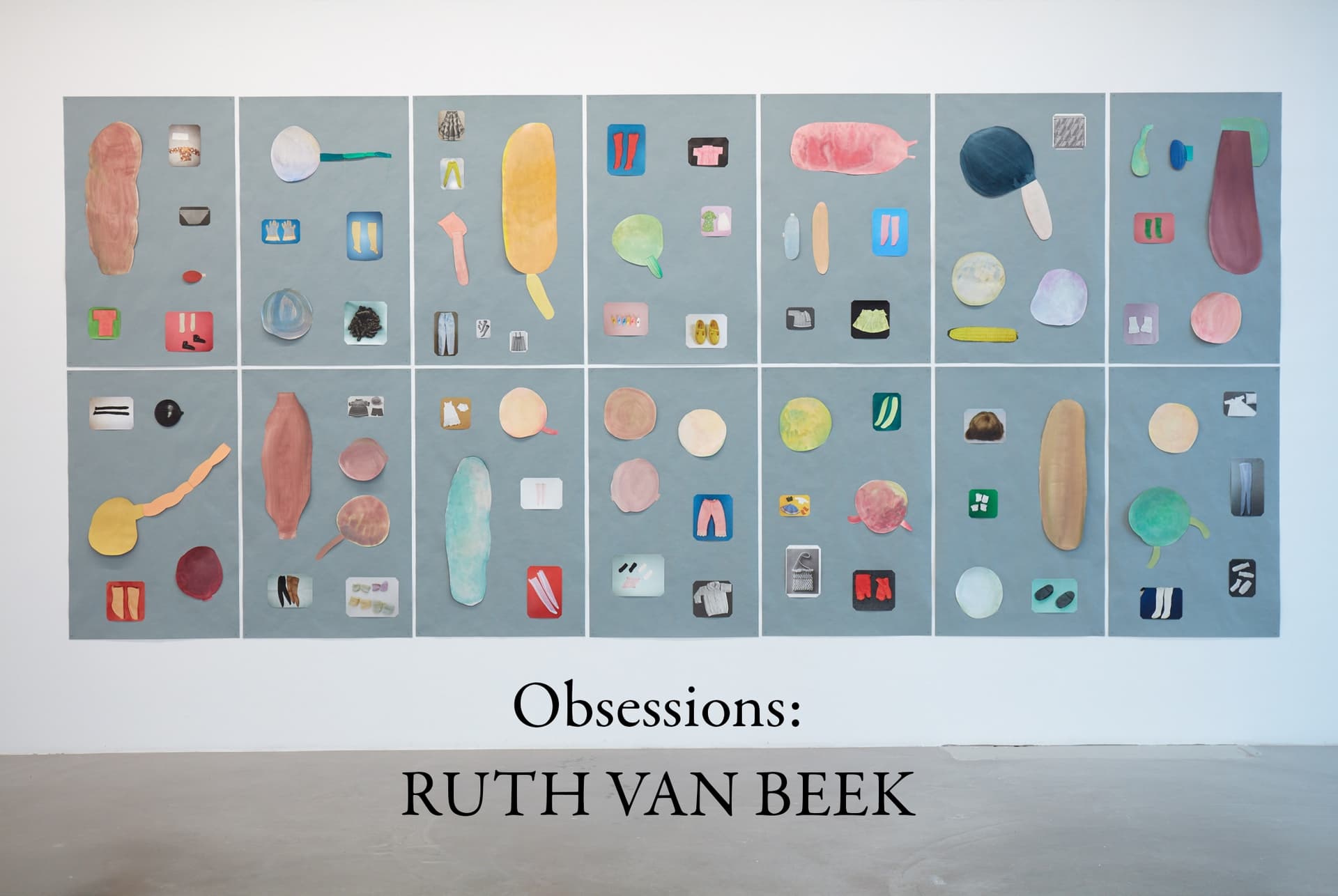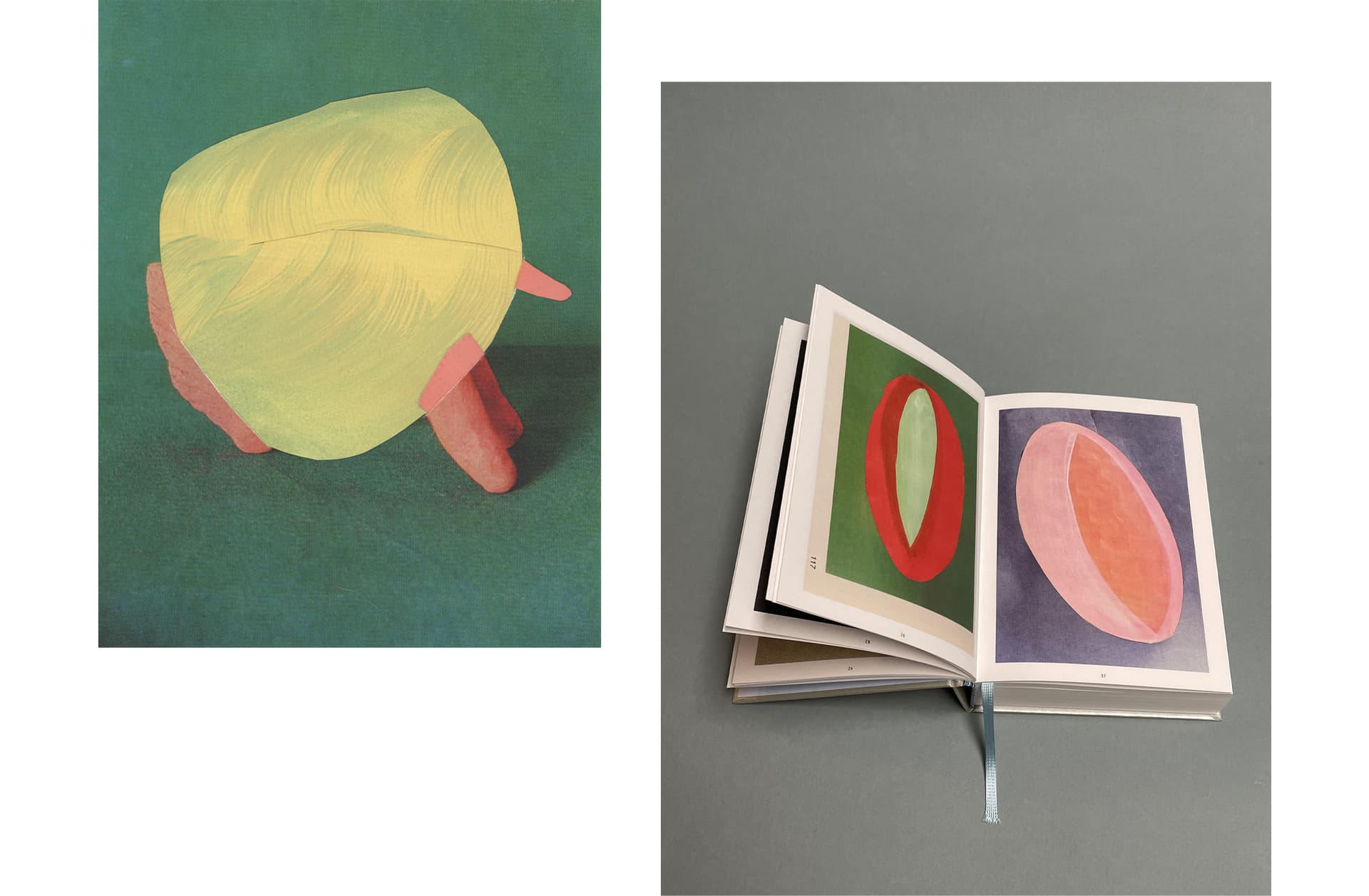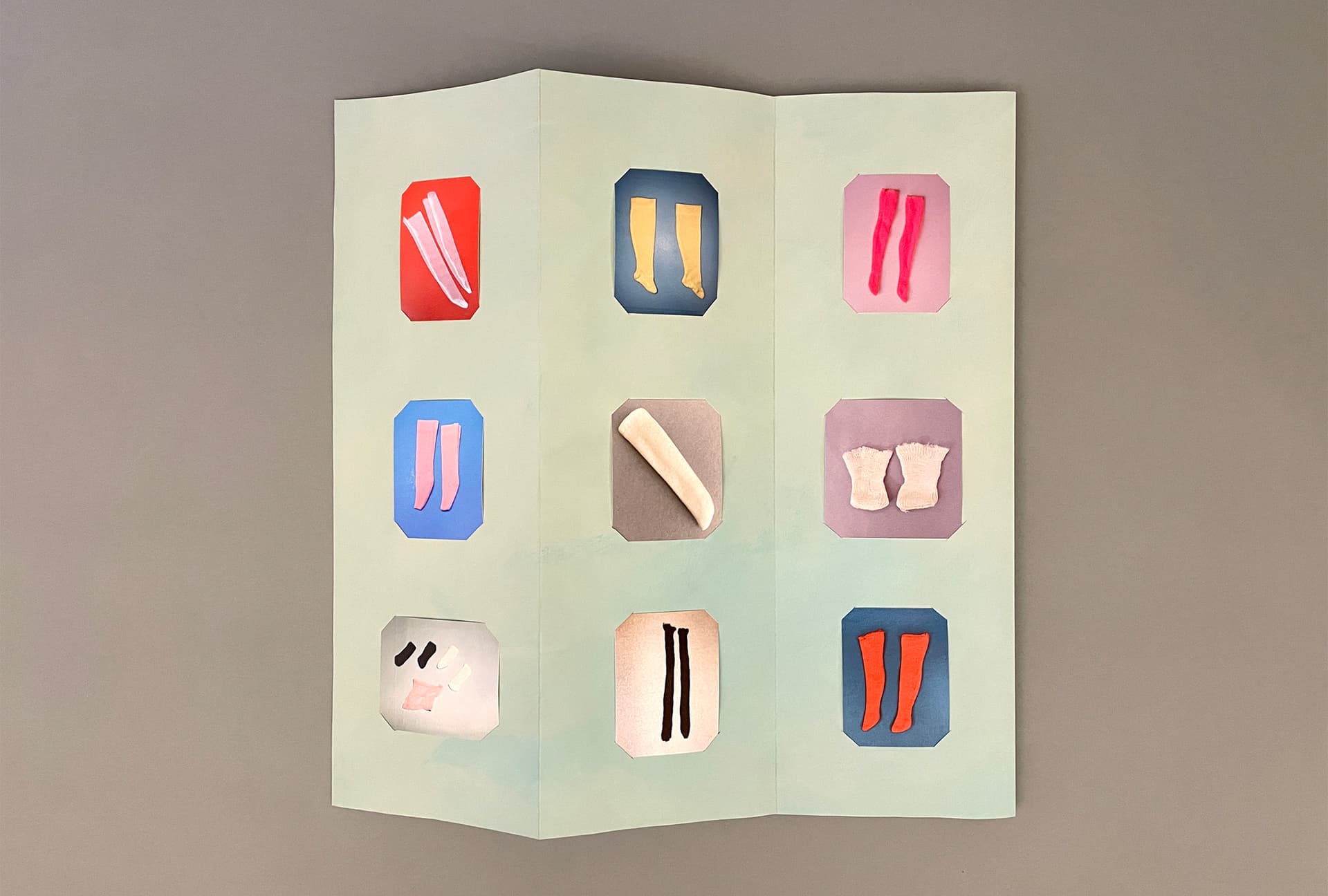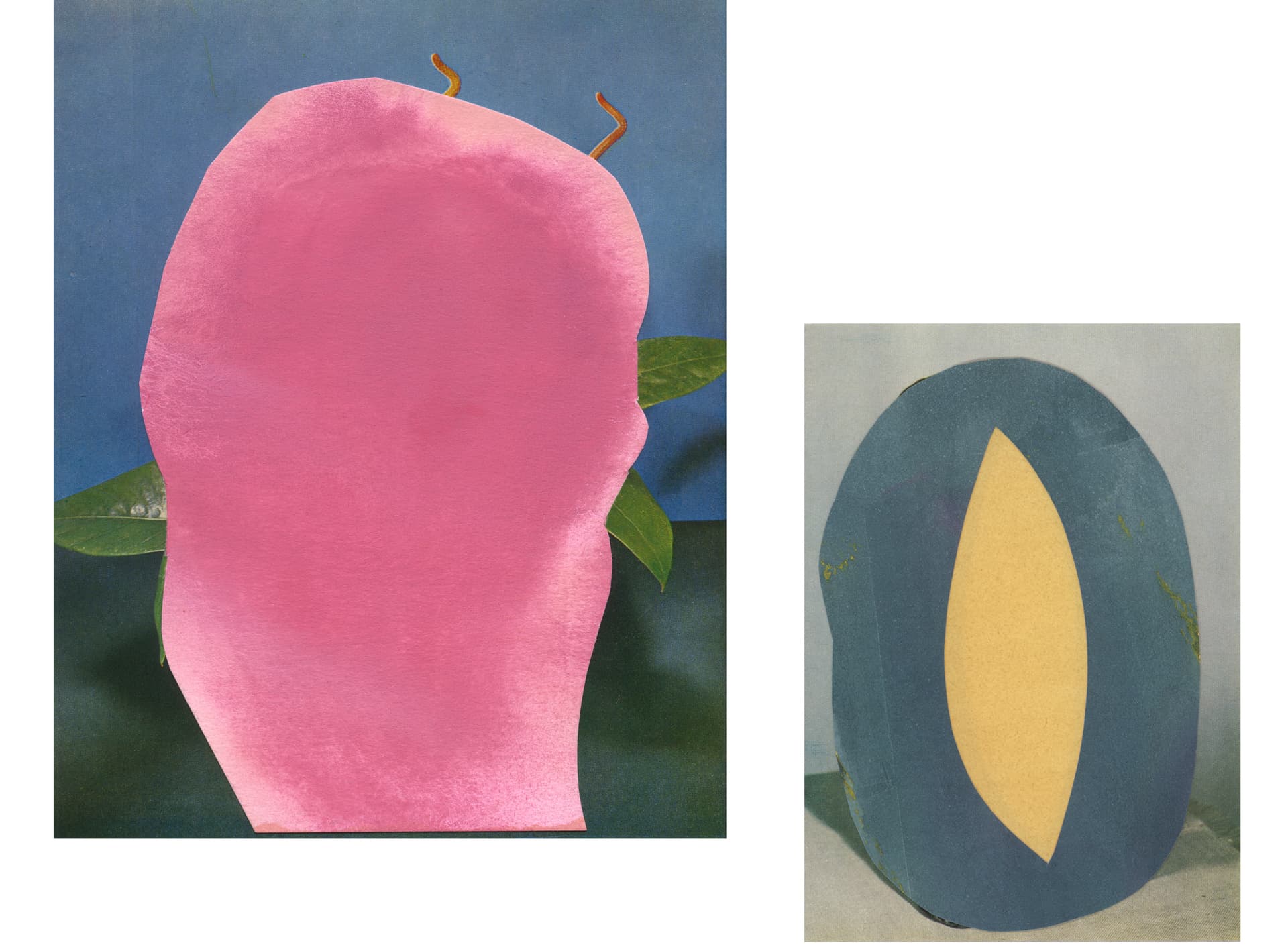Ruth Van Beek | Obsessions

We’ve long been admirers of the collages and books created by Amsterdam-based artist Ruth van Beek, whose wide-ranging body of work is united by its specificity of spirit — layering unexpected pairings of archival images, shapes, and vibrant color in often playfully paradoxical ways. Experienced altogether, her books of collages tell stories through form and repetition.
Curious to learn more about the ideas, research, and inspirations that go into her distinct approach, we spoke with the artist about her personal archive, how she uses color, and her new book, The Oldest Thing.
All images courtesy of Ruth van Beek.

Your work often starts in response to archival and collected materials — what new (or newly relevant) sources of inspiration are piquing your interest?
I have been collecting a broad range of materials for years, but lately I have been collecting more specific images: archival books, manuals, or magazines with tips on “organizing life,” or with some mix of practical tips, instructional photography, photos of organized homes/ kitchens, dress patterns, cake recipes, etc. In general, when these images enter my archive, I take away the context and look for ways an image can be newly interpreted…[always searching for the] weird or sometimes uncanny details. I love to see a carefulness in constructed photography — a way of animating moments.

What feelings or emotions are you seeking to evoke in your work?
I want to convince the viewer that the object you are looking at has a life of its own…which might sound a bit childish, but when I am making a collage there is always a very clear moment when I know it is finished because it is almost as if the figure on the table speaks back to me or becomes autonomous.
How does color play a role in your process? What colors have stopped you in your tracks?
The colors in my work originate in printed matter — and in books I collect from the 1960s-80s there are so many beautiful colors to be found. Most pages are in black and white, but then when color is used it really jumps off the page and animates them... When I paint, I use color very intuitively — built up from layers of gouache while trying to give the paper more depth. With color, I’m not looking to mirror reality, but to create a purposefully imaginary world. I love it when color is used to make things look more “real,” like the ways fruit in advertisements appear too good to be true or a doll’s cheeks painted red.

Can you explain a bit more about the works in your newest book and how it came together?
In my latest book The Oldest Thing, I looked first for ways to make visible how my archive works: how images influence each other, acquire new meanings, and how the relationship between them is a starting place. In particular, I focused on the inner life (experienced in the studio and the home), and the overlapping tension between daily tasks, obligations, feeling stuck in cramped spaces, roles, or endless repetition. At the same time, the book examines how we might break open and make use of these small spaces [or limitations].
The first images for this book came from my mother’s recipe folders. She left me three binders with carefully copied recipes and pasted pictures…and while I never made any of the recipes, I still keep them for the care that went into them — the index, the handwriting, the discolored pages.
[It made me wonder], what does a mother leave behind? And do you add “value” to [or preserve] daily activities? I supplemented the images from my mother’s cooking notebooks with images from my own archive. Over time, a visual pattern of oval-shaped imagery emerged. By placing a series of similar images in succession, it placed an emphasis on repetition and routine. On practicing, on collecting, on organizing. On recurring tasks and routines. The depicted objects become equal to each other; scale fades and shapes converge. A crown is a cake, a hole is a clock. It creates space for visual rhyme and gives new meanings to existing images.